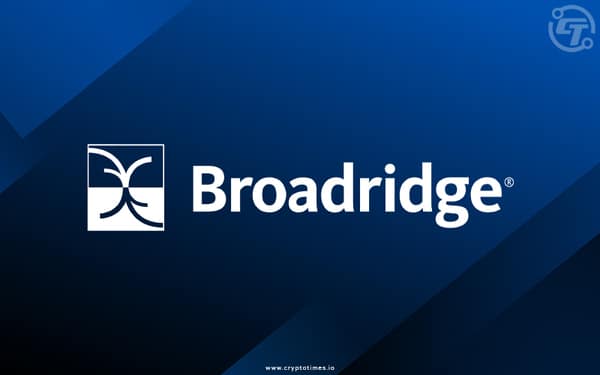The Broadridge studies conducted in association with Dr. Chris Brummer, the Agnes Williams Sesquicentennial Professor of Financial Technology at Georgetown Law, surveyed almost 2000 crypto investors of the UK, United States, and Canada on what metrics performance they look at while making decisions and where do they find about this.
The report found that crypto investors prioritize conventional metrics such as risk factors and security(54%), financial overview(eg., cash flows)(52%), and holdings of the management team(43%) when decisions are to be made. Some of the critical crypto-specific metrics such as tokenomics(16%) and network performance(28%) did not reach the top five.
The research also states that investors acknowledge the importance of crypto-native factors essential to understanding crypto assets. For example, network performance provides how the platform is performing behind the crypto asset, how holders engage with it, and the number of active assets for data investors to know.
“The survey data reveal that many investors prefer traditional finance metrics, and emphasize them over other factors that impact crypto specifically,” said Dr. Brummer.
The research also states that over 65% of investors suggested there to be long-term investments and having said that most of them may not be speculators.
To further understand how the investors and purchasers keep up to date with crypto assets upon ideal timespan and from which resources. Replying to that, respondents specify a variety of information including native crypto provider websites(39%), broker(35%), a crypto exchange(34%), crypto press(32%), and more.
As crypto assets are decentralized, more investors having experience with crypto assets tend to look where off-chain data is located either on a third-party provider or on the asset provider’s website while speculators still follow traditional finance and expect data to be within their exchange app or brokerage.
In terms of information, investors prefer to receive updates on a quarterly or monthly basis, with 27% of respondents prefer to receive updates. With the rapid pace of the market, information needs to be provided to holders not only to ensure they receive timely updates on their holdings but to also understand what information means.
Also Read: BIS Study Projects 15 Retail CBDCs in Circulation by 2030







